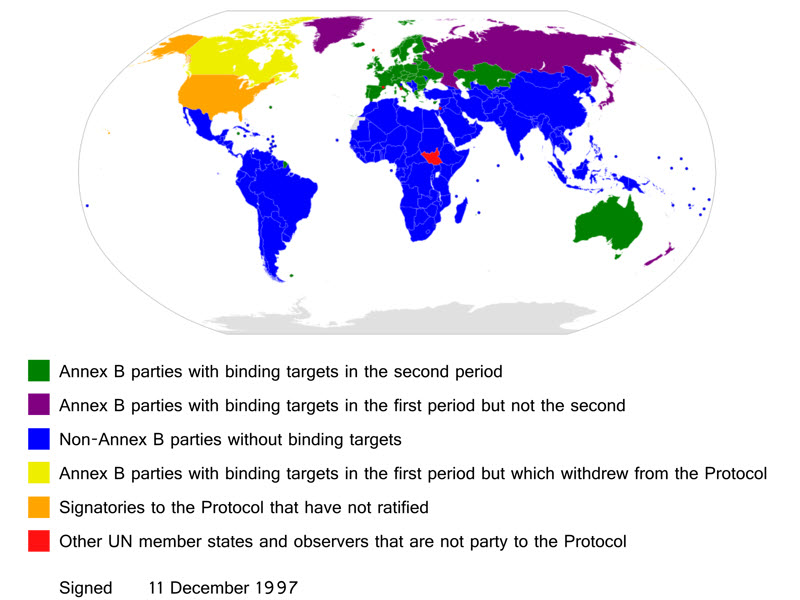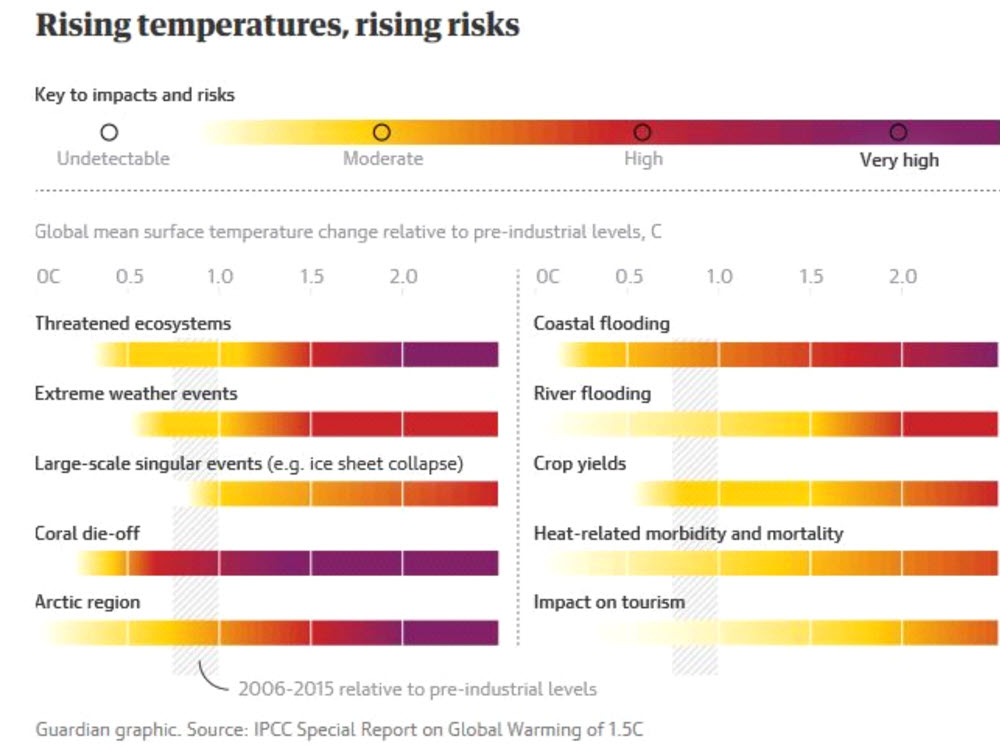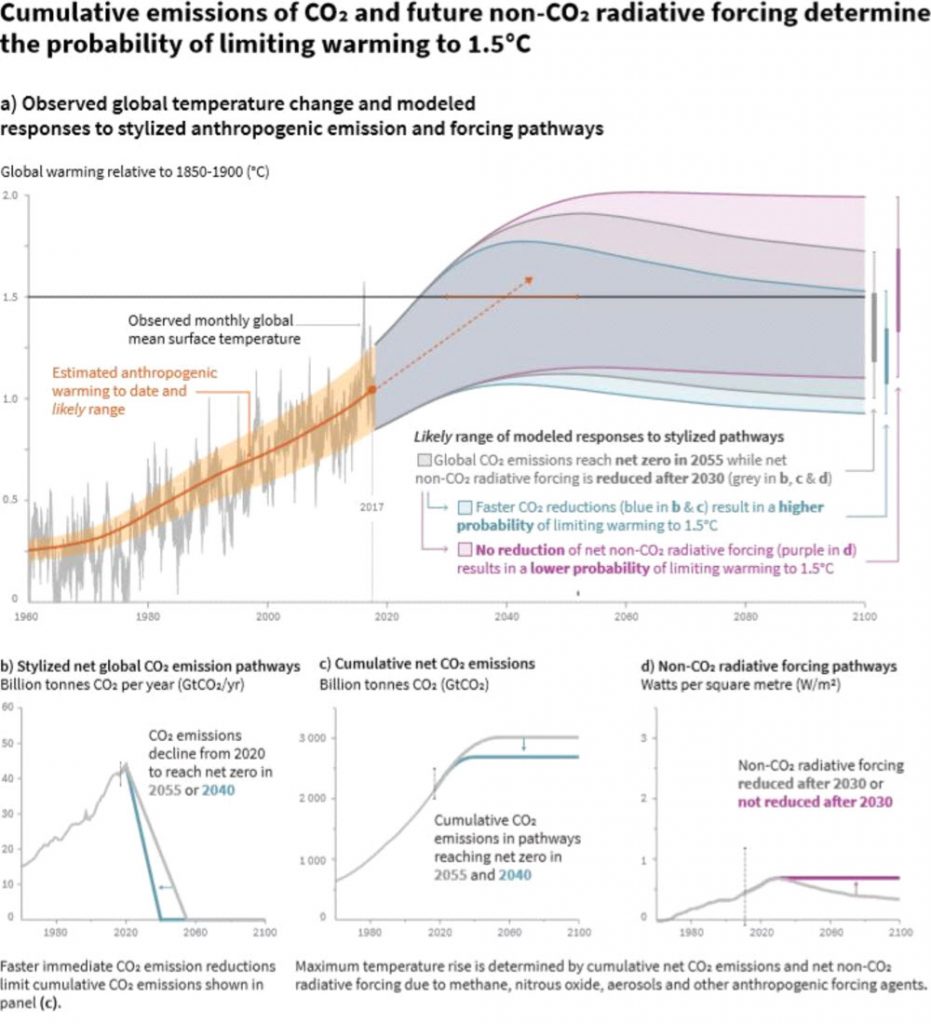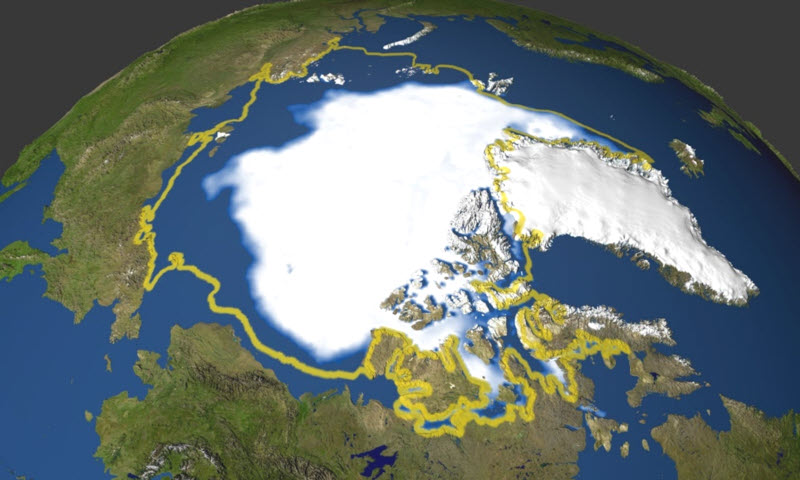There is much talk and discussion throughout the world on Climate Change. Indeed, the topic seems to come up regularly every day as news stories of extreme weather events and of international conferences.
“Climate change is already happening: temperatures are rising, drought and wild fires are starting to occur more frequently, rainfall patterns are shifting, glaciers and snow are melting, and the global mean sea level is rising. Most of the warming is very likely due to the observed increase in atmospheric greenhouse gas concentrations as a result of emissions from human activities. To mitigate climate change, we must reduce or prevent these emissions.” Source – European Environment Agency; Climate Change Mitigation
“Climate change is one of the most important challenges of our time. Its impacts are felt across the globe, affecting people, nature and the economy. To mitigate climate change, we need to reduce global emissions of greenhouse gases significantly. Translating this overall objective into concrete measures requires understanding a complex system linking emissions from different sources to national and regional impacts, global governance and potential co-benefits. The European Environment Agency strives to continuously improve the knowledge needed for designing effective measures on the ground.” Source – European Environment Agency; Understanding and acting on the complexity of climate change.
“The flow and storage of water in the Earth’s climate system are highly variable, but changes beyond those due to natural variability are expected by the end of the current century. In a warmer world, there will be net increases in rainfall, surface evaporation and plant transpiration. However, there will be substantial differences in the changes between locations. Some places will experience more precipitation and an accumulation of water on land. In others, the amount of water will decrease, due to regional drying and loss of snow and ice cover. The United Nations has an annual conference, UNFCCC. The next one is the 6th Global Summit on Climate Change, Paris in November 2018. Contributor nations guaranteed a yearly $100 billion by 2020 through the Green Climate Fund for creating nations to adjust to environmental change.” Extract from the International Panel on Climate change (I.P.C.C.) 2013
International Conferences
There are several international conferences held in countries such as France, Paris, Canada UAE Australia etc.
The Kyoto Protocol in 1992 was one of the first international meetings that brought the world together.
The Kyoto Protocol is an international treaty which extends the 1992 United Nations Framework Convention on Climate Change (UNFCCC) that commits state parties to reduce greenhouse gas emissions, based on the scientific consensus that (part one) global warming is occurring and (part two) it is extremely likely that human-made CO2 emissions have predominantly caused it. The Kyoto Protocol was adopted in Kyoto, Japan on 11 December 1997 and entered into force on 16 February 2005. There are currently 192 parties (Canada withdrew from the protocol, effective December 2012) to the Protocol.
The Kyoto Protocol implemented the objective of the UNFCCC to reduce the onset of global warming by reducing greenhouse gas concentrations in the atmosphere to “a level that would prevent dangerous anthropogenic interference with the climate system” (Article 2). The Kyoto Protocol applies to the six greenhouse gases listed in Annex A: Carbon dioxide (CO2), Methane (CH4), Nitrous oxide (N2O), Hydrofluorocarbons (HFCs) Perfluorocarbons (PFCs) and Sulphur hexafluoride (SF6).

The 2008 Climate Change Act
The 2008 Climate Change Act established the world’s first legally binding climate change target. its aim is to reduce the UK’s GHG emissions by at least 80% (from the 1990 baseline) by 2050. Restrictions are placed on the total amount of GHGs the UK can emit over five-year periods. The UK has set the first four carbon budgets in law, covering the period from 2008-2027, and committed to halving emissions relative to 1990 during the fourth carbon budget period (2023-2027).
The Paris Agreement of 2015
The Paris Agreement (French: Accord de Paris) is an agreement within the United Nations Framework Convention on Climate Change (UNFCCC), dealing with greenhouse-gas-emissions mitigation, adaptation, and finance, starting in the year 2020. The agreement’s language was negotiated by representatives of 196 state parties at the 21st Conference of the Parties of the UNFCCC in Le Bourget, near Paris, France, and adopted by consensus on 12 December 2015. As of September 2018, 195 UNFCCC members have signed the agreement, and 181 have become party to it. The Paris Agreement’s long-term goal is to keep the increase in global average temperature to well below 2°C above pre-industrial levels; and to limit the increase to 1.5 °C, since this would substantially reduce the risks and effects of climate change.
Under the Paris Agreement, each country must determine, plan, and regularly report on the contribution that it undertakes to mitigate global warming.
In July 2017 French Environment Minister Nicolas Hulot announced a plan to ban all petrol and diesel vehicles in France by 2040 as part of the Paris Agreement. Hulot also stated that France would no longer use coal to produce electricity after 2022 and that up to €4 billion will be invested in boosting energy efficiency. To reach the agreement’s emission targets, Norway will ban the sale of petrol- and diesel-powered cars by 2025; the Netherlands will do the same by 2030. Electric trains running on the Dutch national rail network are already entirely powered by wind energy. The House of Representatives of the Netherlands passed a bill in June 2018 mandating that the Netherlands will cut by 2050 its 1990 greenhouse-gas emissions level by 95%—exceeding the Paris Agreement goals.
The next important conference will be the 9th International Conference on Global Warming, Climate Change and Pollution Control, Vancouver,Canada, Dec 5-6, 2018.
I.P.C.C. Sixth Assessment Report AR6 October 2018
The Paris Agreement adopted by 195 nations at the 21st Conference of the Parties to the UNFCCC in December 2015 included the aim of strengthening the global response to the threat of climate change by “holding the increase in the global average temperature to well below 2°C above pre-industrial levels and pursuing efforts to limit the temperature increase to 1.5°C above pre-industrial levels.”
As part of the decision to adopt the Paris Agreement, the IPCC was invited to produce, in 2018, a Special Report on global warming of 1.5°C above pre-industrial levels and related global greenhouse gas emission pathways.
“The report was prepared under the scientific leadership of all three IPCC working groups. Working Group I assesses the physical science basis of climate change; Working Group II addresses impacts, adaptation and vulnerability; and Working Group III deals with the mitigation of climate change.


We list OUT a few extracts from the I.P.C.C. October 2018 AR6, Report as follows:
The Special Report on Global Warming of 1.5°C was approved by the IPCC on Saturday in Incheon, Republic of Korea. It will be a key scientific input into the Katowice Climate Change Conference in Poland in December, when governments review the Paris Agreement to tackle climate change.
The report’s full name is Global Warming of 1.5°C, an IPCC special report on the impacts of global warming of 1.5°C above pre-industrial levels and related global greenhouse gas emission pathways, in the context of strengthening the global response to the threat of climate change, sustainable development, and efforts to eradicate poverty.
“One of the key messages that comes out very strongly from this report is that we are already seeing the consequences of 1°C of global warming through more extreme weather, rising sea levels and diminishing Arctic sea ice, among other changes,” said Panmao Zhai, Co-Chair of IPCC Working Group I.
Incheon, Republic of Korea, October 8 – Limiting global warming to 1.5°C would require rapid, far-reaching and unprecedented changes in all aspects of society, the IPCC said in a new assessment. With clear benefits to people and natural ecosystems, limiting global warming to 1.5°C compared to 2°C could go hand in hand with ensuring a more sustainable and equitable society, the Intergovernmental Panel on Climate Change (IPCC) said on Monday.
“With more than 6,000 scientific references cited and the dedicated contribution of thousands of expert and government reviewers worldwide, this important report testifies to the breadth and policy relevance of the IPCC,” said Hoesung Lee, Chair of the IPCC.
Ninety-one authors and review editors from 40 countries prepared the IPCC report in response to an invitation from the United Nations Framework Convention on Climate Change (UNFCCC) when it adopted the Paris Agreement in 2015.
“Every extra bit of warming matters, especially since warming of 1.5°C or higher increases the risk associated with long-lasting or irreversible changes, such as the loss of some ecosystems,” said Hans-Otto Pörtner, Co-Chair of IPCC Working Group II.
Limiting global warming would also give people and ecosystems more room to adapt and remain below relevant risk thresholds, added Pörtner. The report also examines pathways available to limit warming to 1.5°C, what it would take to achieve them and what the consequences could be. “The good news is that some of the kinds of actions that would be needed to limit global warming to 1.5°C are already underway around the world, but they would need to accelerate,” said Valerie Masson-Delmotte, Co-Chair of Working Group I.
The report finds that limiting global warming to 1.5°C would require “rapid and far-reaching” transitions in land, energy, industry, buildings, transport, and cities. Global net human-caused emissions of carbon dioxide (CO2) would need to fall by about 45 percent from 2010 levels by 2030, reaching ‘net zero’ around 2050. This means that any remaining emissions would need to be balanced by removing CO2 from the air.
The decisions we make today are critical in ensuring a safe and sustainable world for everyone, both now and in the future, said Debra Roberts, Co-Chair of IPCC Working Group II.
The Summary for Policymakers of the Special Report on Global Warming of 1.5°C (SR15) is available at http://ipcc.ch/report/sr15/

An extract from a recent newspaper (Guardian) – changes in sea ice at the North Pole.